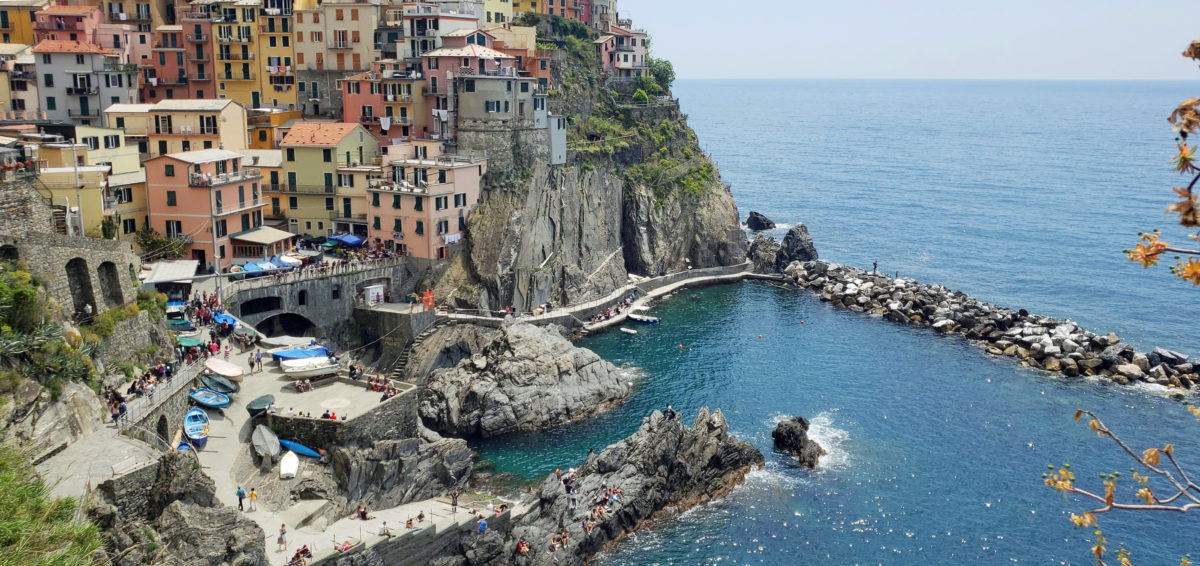by Alan K. Lee
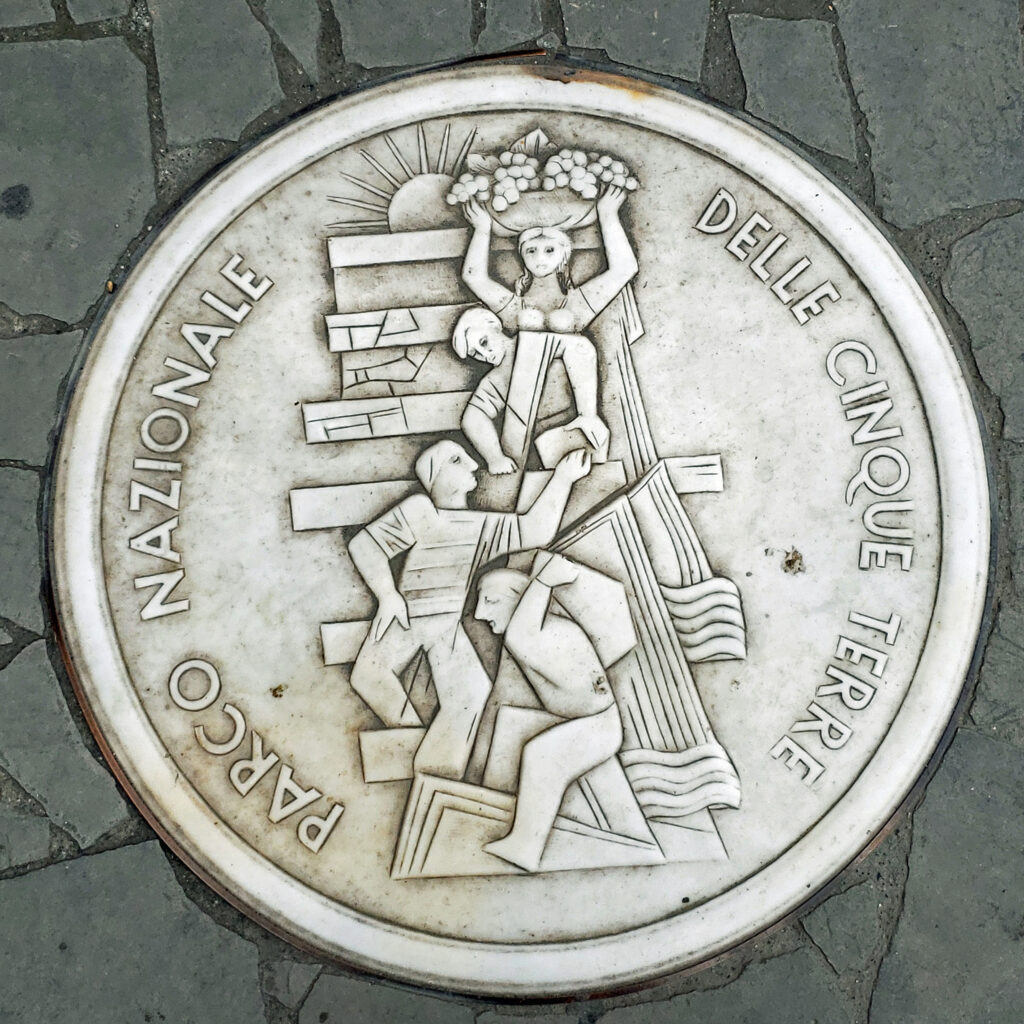 The following is an expanded and updated version of an August 2018 post on this site.
The following is an expanded and updated version of an August 2018 post on this site.
After years of talking about visiting Italy someday, my wife and I packed our bags and headed across the Atlantic in May 2018, bound for Cinque Terre and Tuscany. We left Portland on a Wednesday afternoon and landed in Florence on Thursday afternoon (local time), sleep deprived and feeling very jet lagged.

It took a while for us to find our Airbnb rental. In addition to being sleep deprived, we discovered that the street addresses in Florence are not sequential – 50 daVinci, for example might be somewhere between 200 and 500, with 51 daVinci blocks away – something we found both nonsensical and frustrating. But the beauty, charm, history, food, and art of the country, and people we encountered, more than made up for the country’s shortcomings.

Once we finally found our rental and got checked in, we spent a little time exploring the center of the city, then crashed early and tried to make up for our sleepless night on the plane. In the morning we made our way to the train station in central Florence and, with a little help from a Trenitalia agent, boarded our train for Cinque Terre, where our next Airbnb was waiting for us in the town of Manarola.
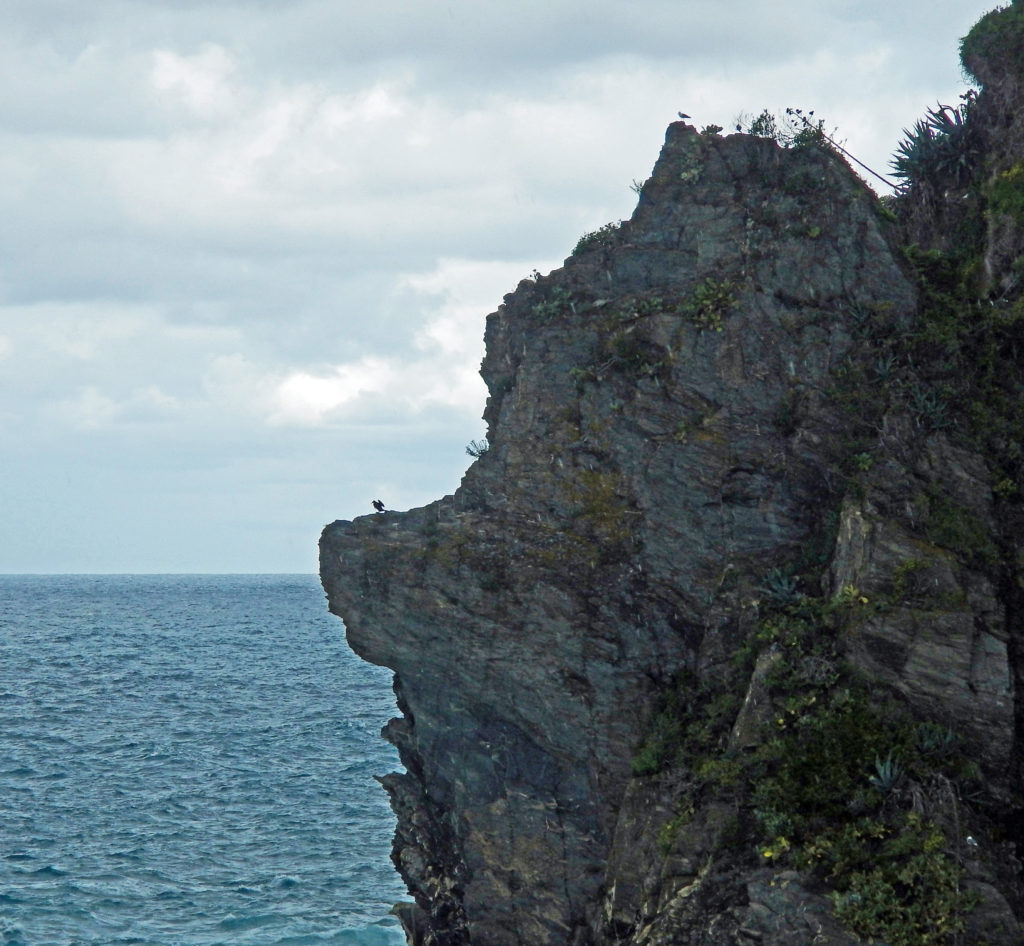
We chose to stay in Cinque Terre because most of the tourists are day trippers and we thought we might get a more authentic and less crowded experience in the mornings and evenings. That turned out to be true to a certain extent. A lot of other visitors had the same idea that we did, though. But it didn’t matter. It’s just an incredibly beautiful place.
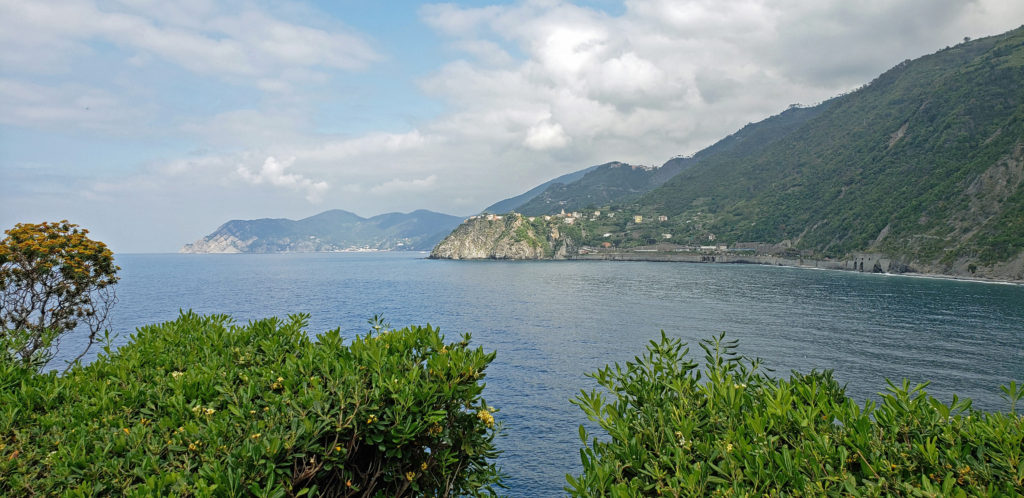
Cinque Terre consists of five small villages (cinque terre translates to “five lands”) perched on the edge of the Mediterranean Sea between Pisa and Genoa. All five of the villages are remarkably well preserved. The whole area is a national park, so development is very restricted. There are no big resorts or hotels, and cruise ships can’t dock anywhere in Cinque Terre. Vehicular access and parking are also very limited, making it more difficult to get to Cinque Terre than other parts of Italy, especially for tour buses. There were plenty of tourists even in May, to be sure, but the incredibly beautiful location and the charm of the villages themselves make the hordes of tourists less objectionable.
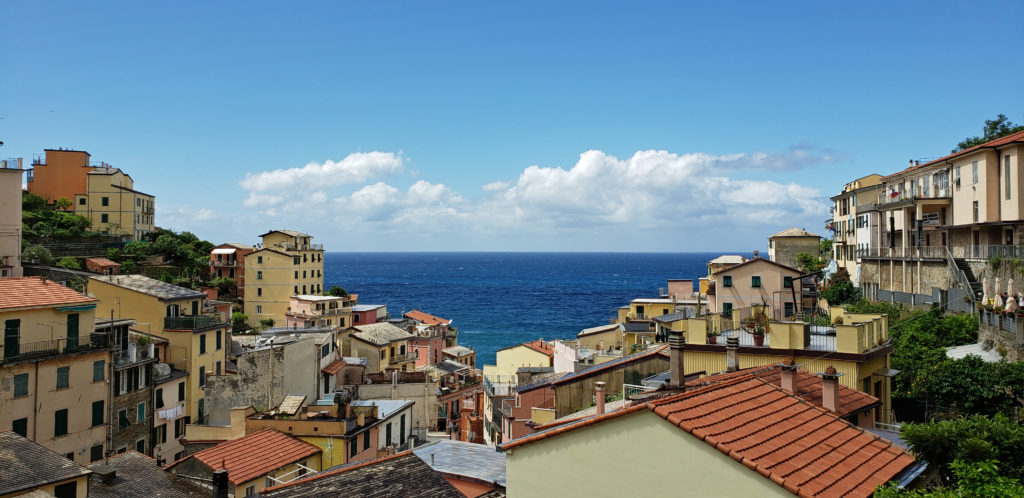
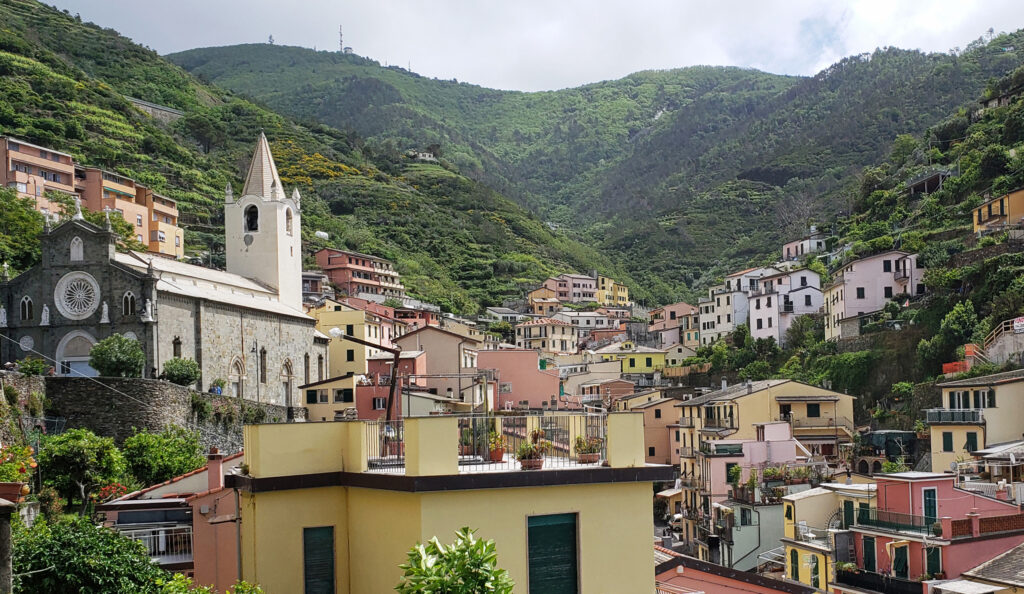
Riomaggiore is southernmost of the five villages and the first you come to if you’re coming from Pisa or Florence, as we were. We didn’t spend much time there, just enough to walk up the steep main street from the harbor where we could get a good view of the town and the surrounding area.
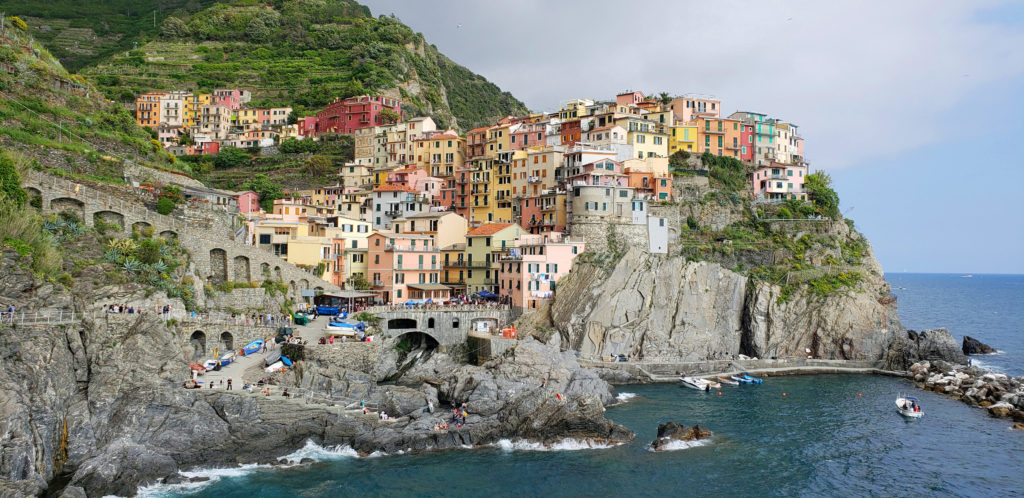

Manarola is the next village. We spent most of our time there, since we were staying there, but I think it is also the most beautiful of the five villages, so we would have spent a lot of time there regardless. You could make an argument for any of the five being the prettiest, though, and a lot of people would vote for Vernazza.
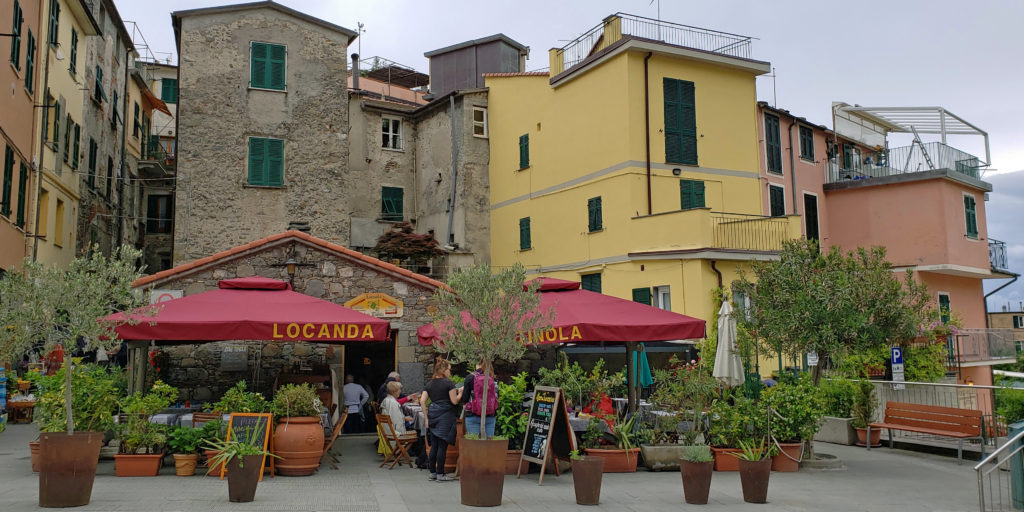
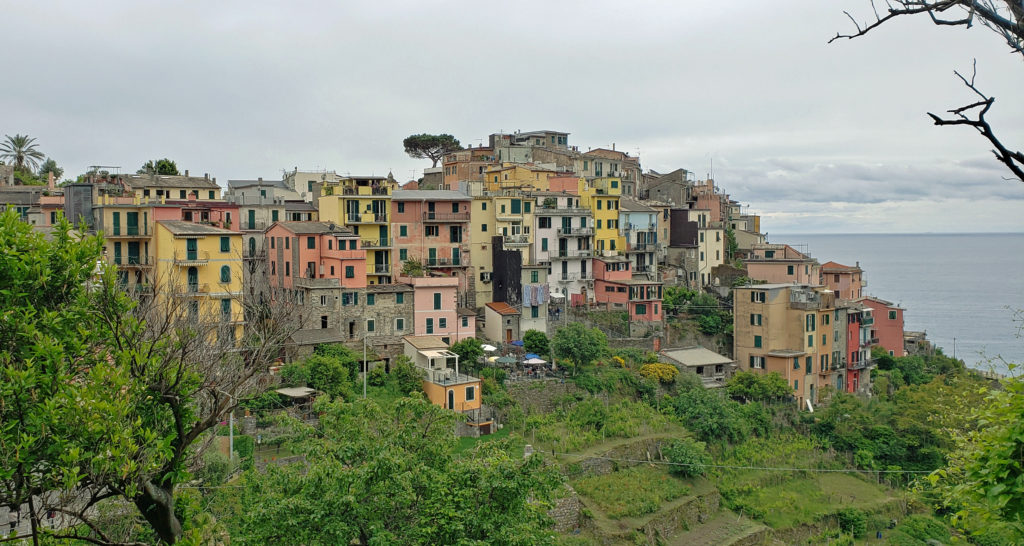
Corniglia is the middle village, and the only one not on the water. It’s also the least visited. Many visitors may skip Corniglia because of the 380-step climb from the railroad station to the town, but if you can manage it the climb is well worth it. Corniglia is the least touristy of the five villages, but there are still plenty of interesting sights to see and places to visit, and also plenty of good places to eat and drink.
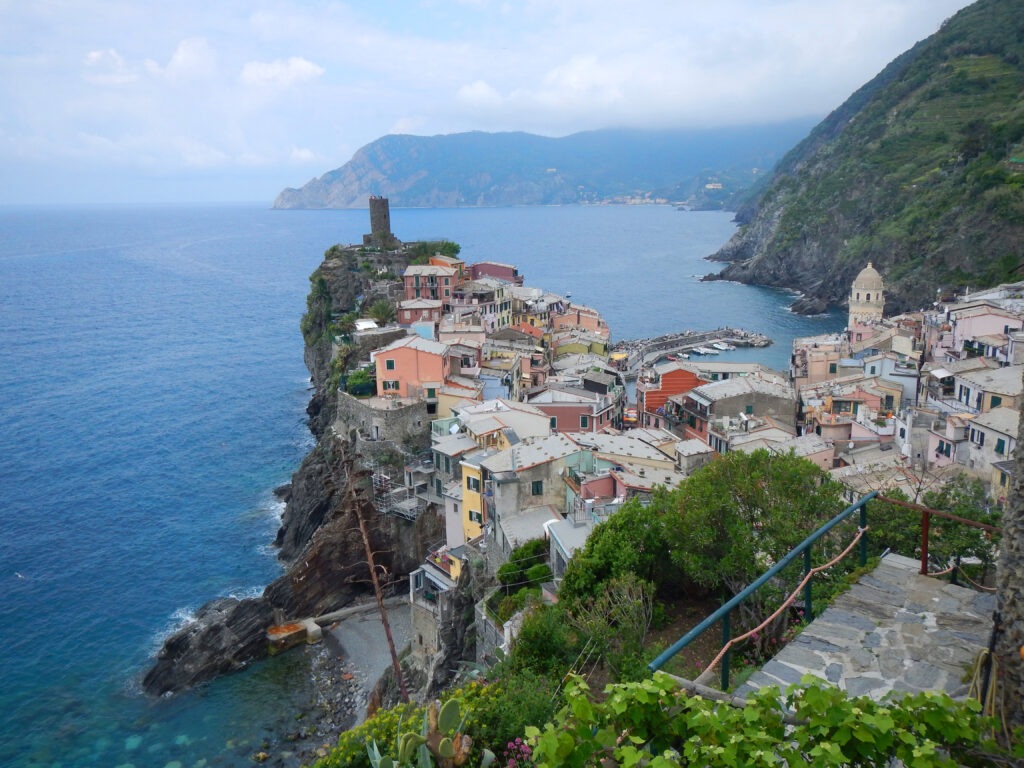
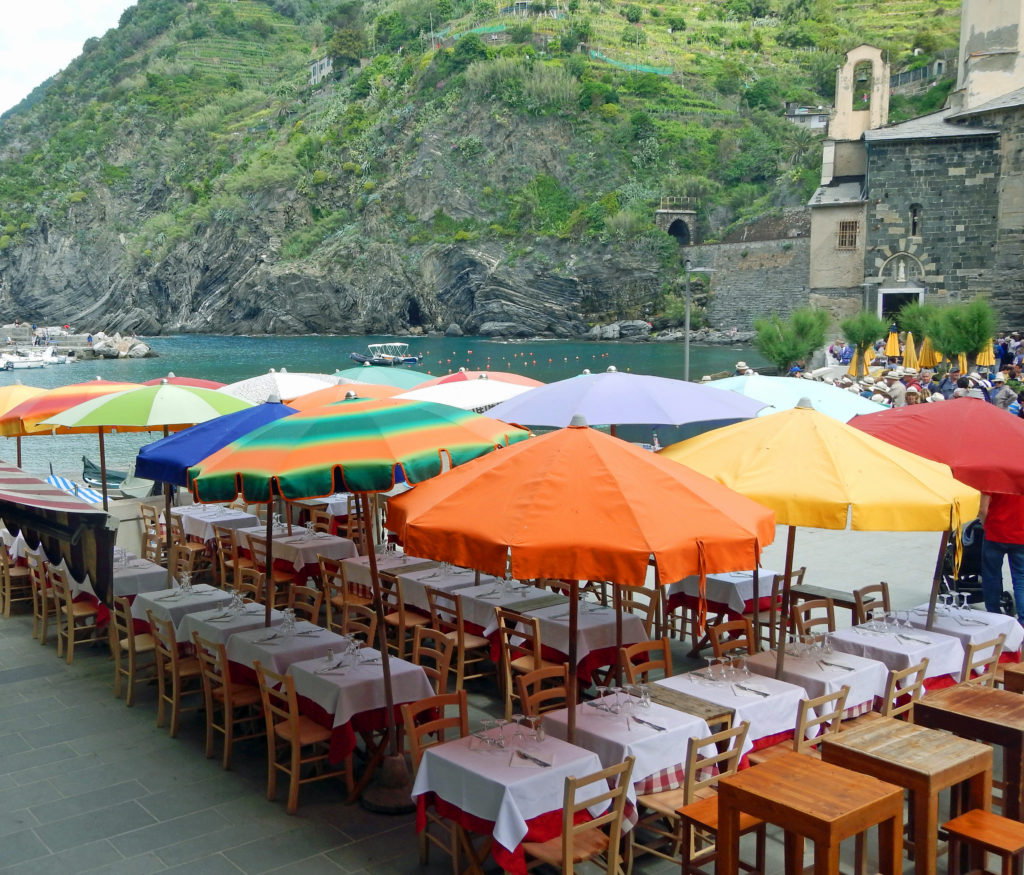
Vernazza has a pretty harbor and the view from the top of the Doria Tower is stunning. There are also a maze of narrow pedestrian alleyways lined with flowers in brightly colored pots that are a joy to explore. And Vernazza probably has more cafes and restaurants than any of the other villages.
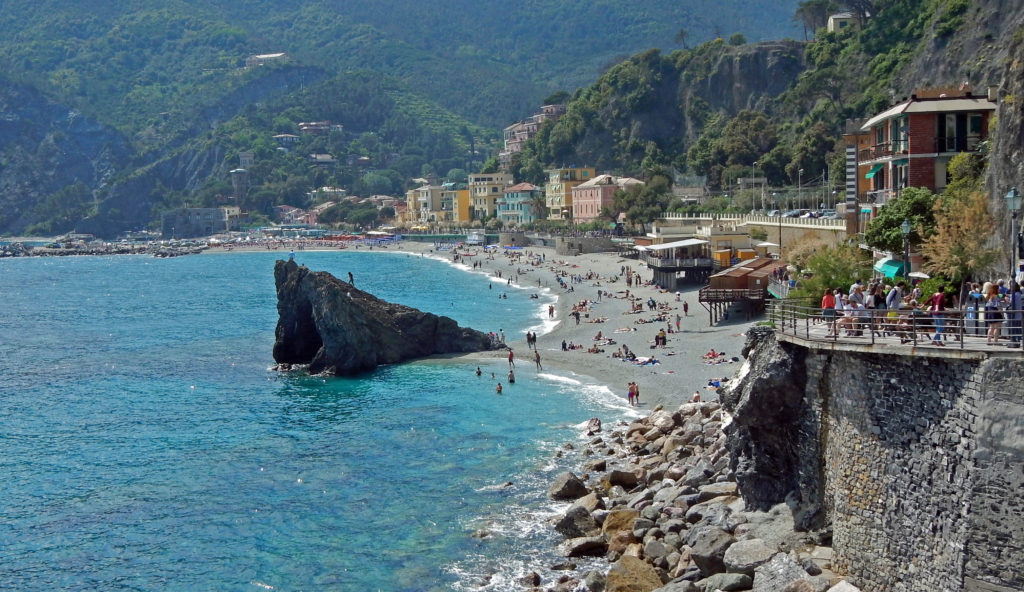

Monterosso al Mare is the northernmost of the Cinque Terre villages and the only one with a beach. It is also the largest and most touristy of the five, but it still retains much of its original charm.
 Because we would not be home on Mother’s Day, my two stepdaughters bought my wife (and me) tickets to a pesto making class and lunch at the Nessum Dorma Restaurant in Manarola, something I would not have done on my own, but which turned out to be both a good introduction to Italian cuisine and loads of fun. And the food was very good, including the pesto that we made ourselves.
Because we would not be home on Mother’s Day, my two stepdaughters bought my wife (and me) tickets to a pesto making class and lunch at the Nessum Dorma Restaurant in Manarola, something I would not have done on my own, but which turned out to be both a good introduction to Italian cuisine and loads of fun. And the food was very good, including the pesto that we made ourselves.
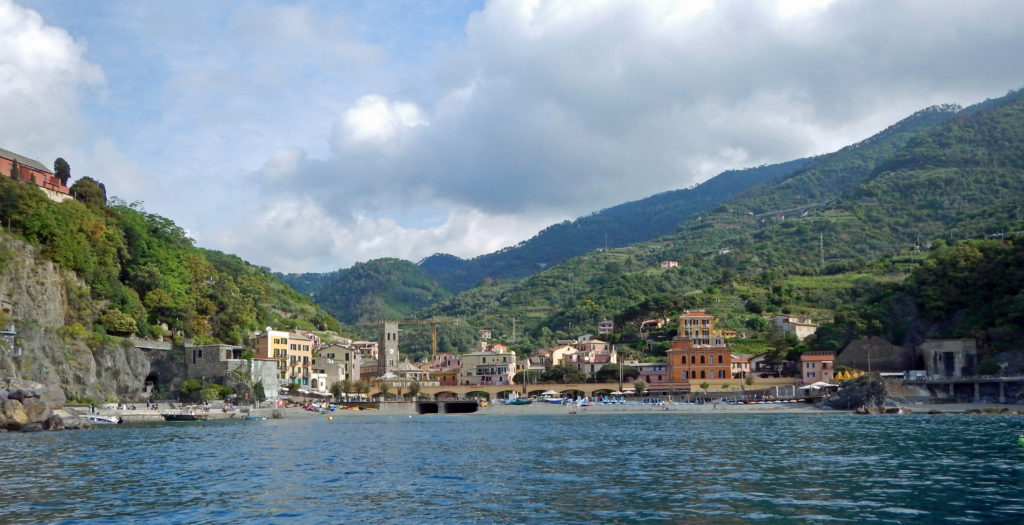
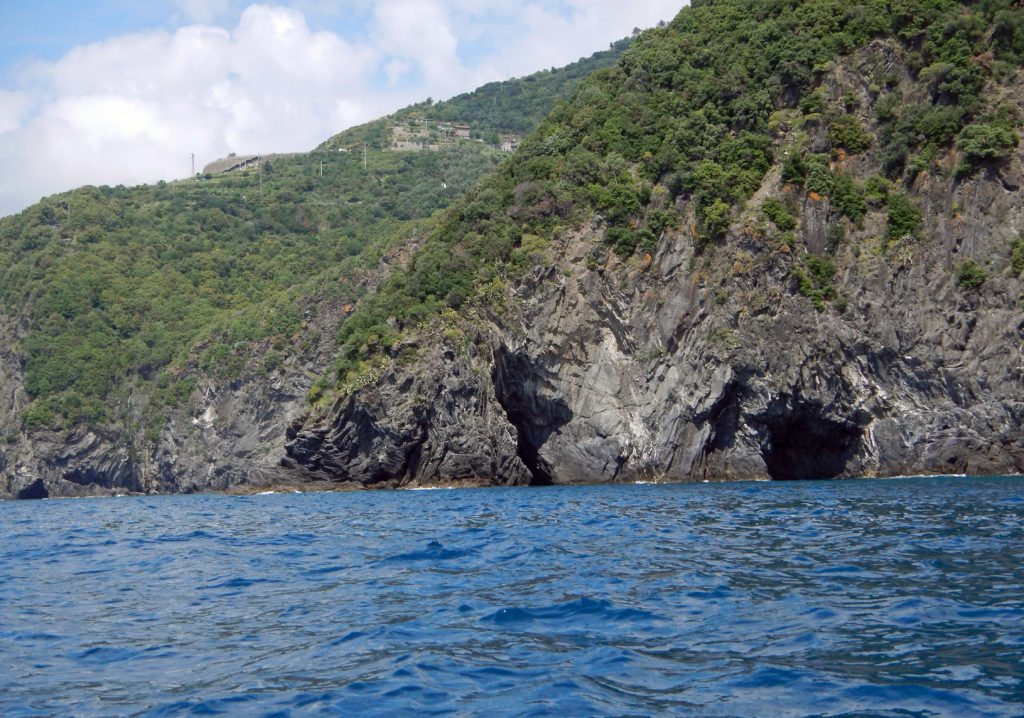
The next day we made our way to Monterosso al Mare. There we took a guided kayaking trip along the coast to Vernazza. Along the way we were able to paddle into a couple of sea caves and to the base of a waterfall. Pretty cool stuff, and well worth the expense. Getting out on the water gives you a completely different perspective, and photo opportunities that can’t be had from shore. This was definitely one of highlights of the trip.

We found that the best way to get to Cinque Terre, and the best way to get from town to town, is by train. The train system in Italy is much better than some have portrayed it (at least when the employees are not on strike). Trains run on time (or close), run frequently, and the system is easy to use. It can be confusing at first, especially in large train stations like the Santa Maria Novello station in central Florence. But the Trenitalia agents were helpful, and after our first day we traveled around for the next two weeks without incident (except for the ticket machine that took our cash but didn’t give us the tickets).
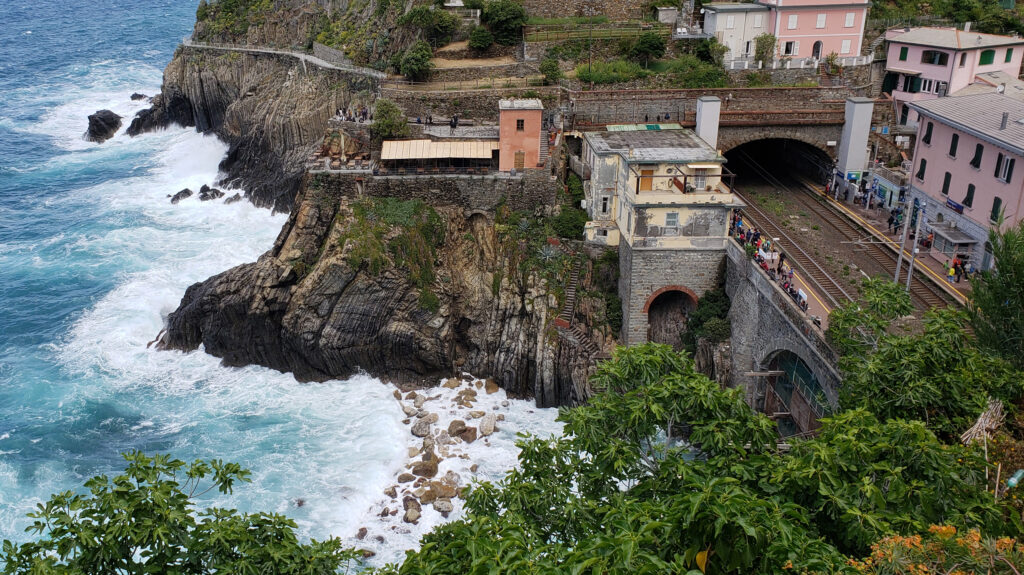
Tickets for the local trains in Cinque Terre cost €5.00 each way regardless of your destination. If you’re in Riomaggiore, tickets to Manarola (which is a two-minute journey) cost the same €5.00 as tickets to Monterosso, so it can get expensive if you’re trying to see all five villages in a day. You can buy a Cinque Terre Train Card at any of the train stations that allows unlimited train travel between the villages and also north to Levanto and south to La Spezia, but unless you are making a lot of stops the savings are small (or non-existent).
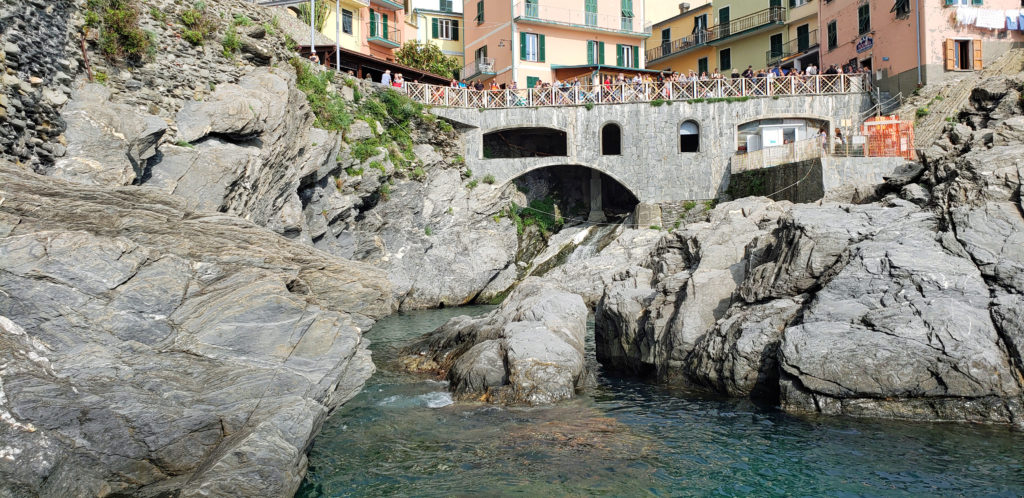
Note: There are two types of Cinque Terre Cards. The Trekking Card gives you access to the Blue Trail from Corniglia to Monterosso. The cost is €7.50 for a one-day pass and €15.00 for a two-day pass, with discounts for seniors and children. The Train (Treno) Card also gives you access to the Blue Trail, plus unlimited access to the National Park shuttle busses, free use of public toilets, free wi-fi at train stations, and free entrance to some of the museums in La Spezia, in addition to unlimited train travel. A one-day Train card currently costs €18.20 for adults, €14.80 for seniors (70+), and €11.40 for children (4-11). One-day family (two adults and two children) cards are €47.00. Two- and three-day cards are also available. The Cinque Terre Travel website has a lot of good information on the train system.
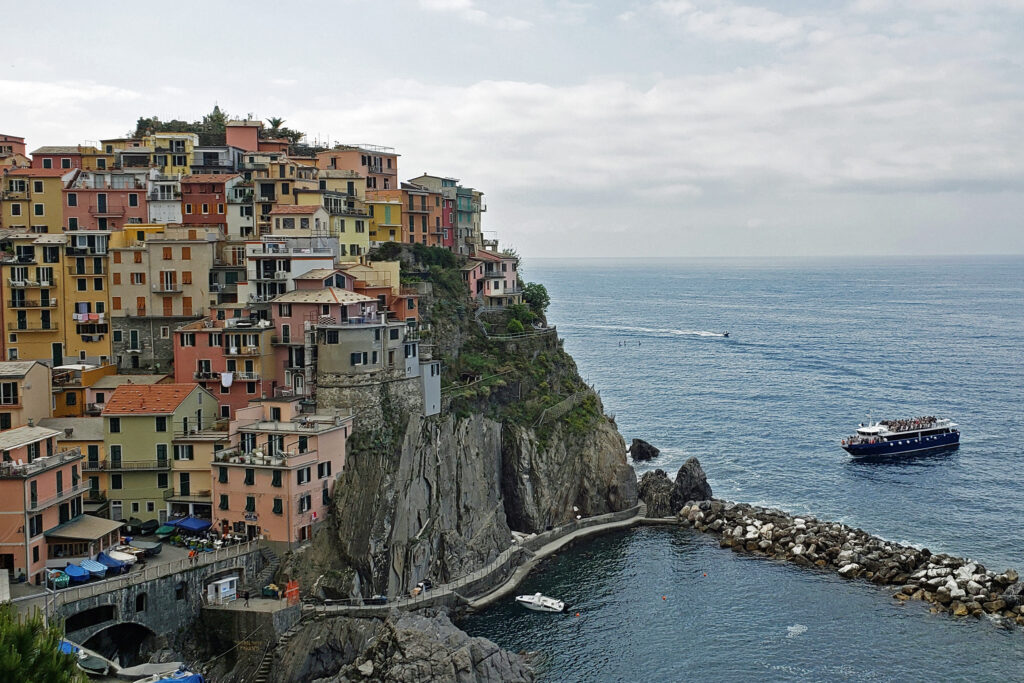
Another way to get from village to village is by boat. There are large tour boats that make regularly scheduled trips from village to village (except Corniglia) at reasonable rates. They can be crowded and don’t run except in calm conditions. (Because they are too large for the small harbors they nose into the rocky shore and even a little chop can make getting on and off dangerous).

The tour boats weren’t operating on the day we had set aside for a tour, but we had already been out on the water kayaking, so it wasn’t a great loss. There are also private boats that can be hired. They are more expensive, but if you have a small group of people, hiring a private boat can be more affordable on a per passenger basis.
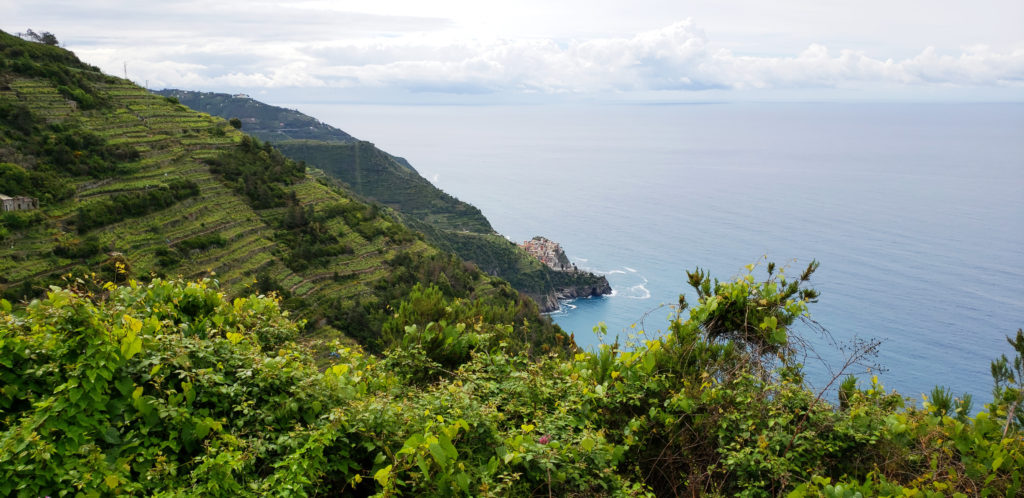
Hiking opportunities abound in Cinque Terre but be prepared for some serious elevation changes. The popular low elevation Blue Trail between Corniglia and Manarola and the Via dell’Amore between Manarola and Riomaggiore were both closed because of landslides when we were there. The Via dell’Amore’s reopening is scheduled for some time in 2024, but this being Italy, don’t hold your breath. When the Blue Trail between Manarola and Corniglia reopens is anybody’s guess. The Blue Trail between Corniglia and Monterosso was open we were there, and remains open as of May 2023, but again, this is Italy, so don’t count on it. Hiking the Blue Trail requires a Cinque Terre Trekking Card. All of the other trails in Cinque Terre are free.
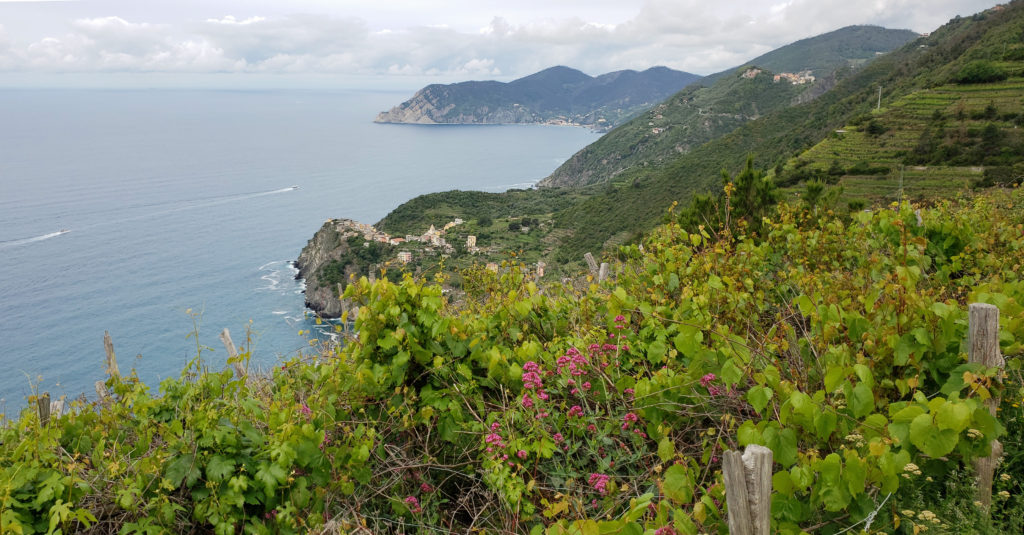
We did take the park shuttle from Manarola up to the village of Volastra, then hiked the high route from there to Corniglia. Most of that trail is relatively flat and has great vistas from Manarola all the way to Monterosso. The final portion to Corniglia is steeply downhill. After exploring Corniglia we returned to Manarola by train.
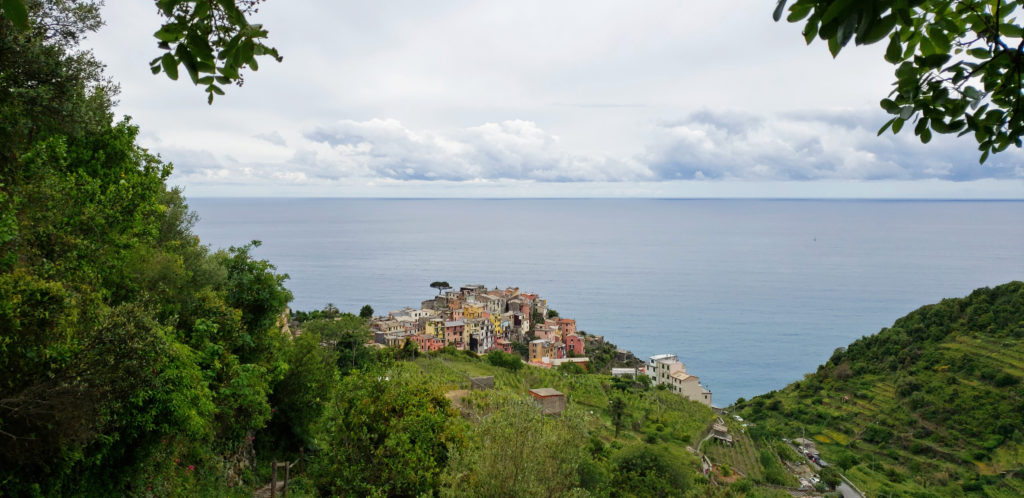
There are miles of other trails from Levanto north of Cinque Terre to Portovenere to the south. Definitely check out the Italian Fix website if you’re planning to do any hiking in Cinque Terre, as it has a lot of information on hiking in Cinque Terre and vicinity and is updated frequently.
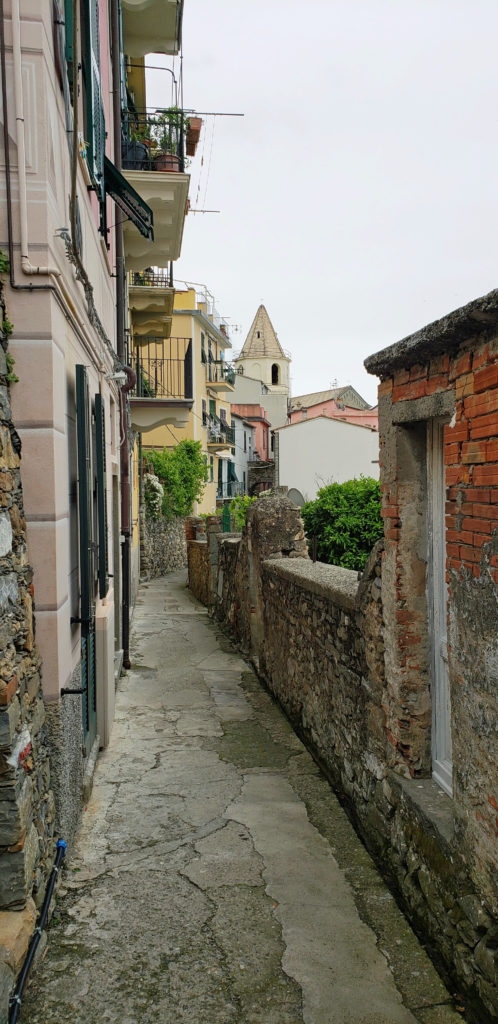
Our five days in Cinque Terre passed quickly, then we were on to Lucca for a few days, then Siena, with a brief stop in Pisa to see the Leaning Tower, and finally back to Florence.


Originally posted August 20, 2018. Updated and re-posted May 8, 2023.
All photos © Alan K. Lee

